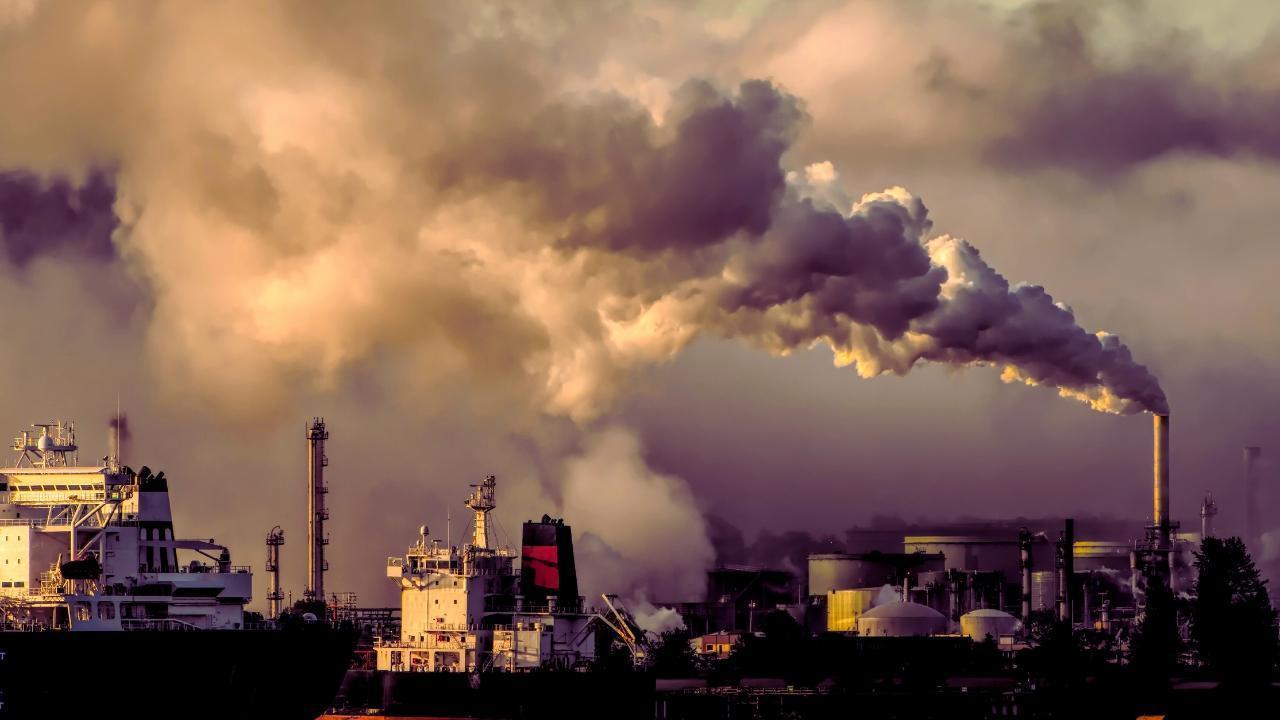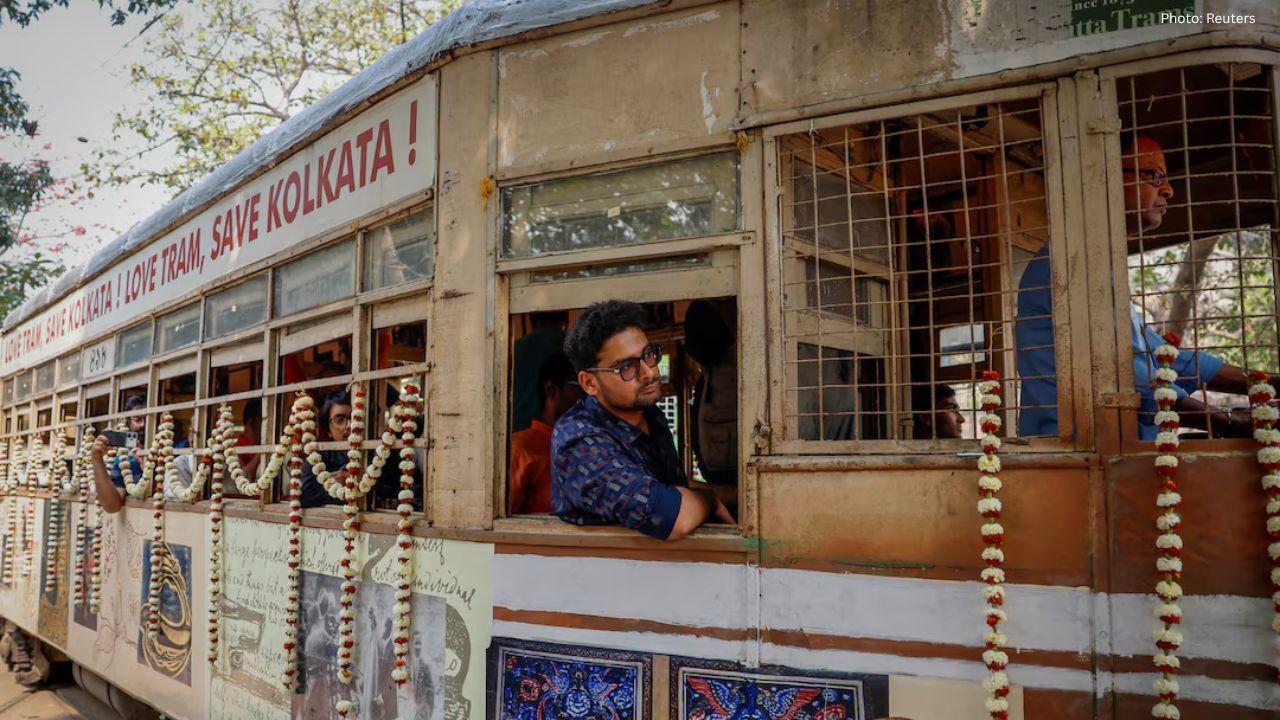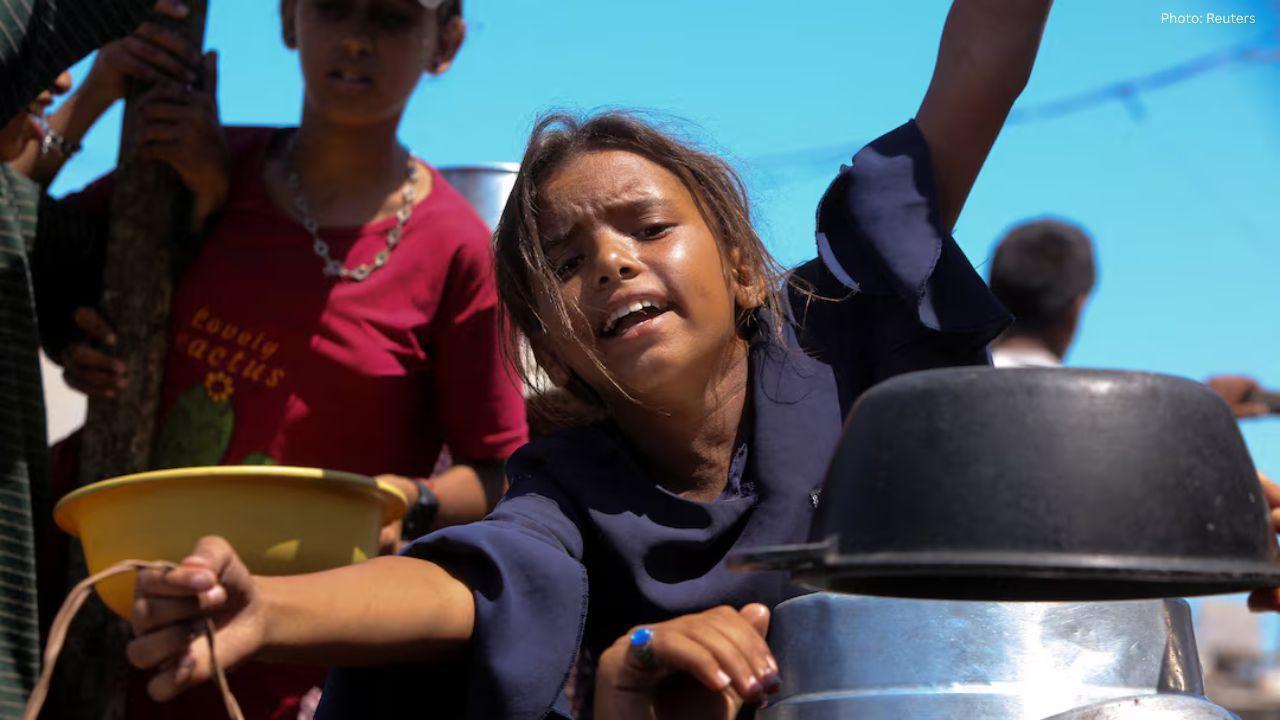You have not yet added any article to your bookmarks!

Join 10k+ people to get notified about new posts, news and tips.
Do not worry we don't spam!

Post by : Anis Farhan
Breathing should be the simplest, most natural act — yet across South Asia, every breath carries unseen risks. The air is thick with microscopic particles and harmful gases that damage lungs, burden the heart, and shave years off life expectancy. For millions, this danger is constant, whether they live in sprawling megacities or remote rural villages.
In recent years, air pollution has emerged as the leading environmental health risk in the region. It is linked to millions of premature deaths annually, and countless more cases of chronic illness. What makes this crisis particularly insidious is that it often remains invisible. While heavy smog days grab headlines, most of the harm comes from pollution levels that are dangerous even when skies appear clear.
The South Asian region, which includes countries such as India, Pakistan, Bangladesh, Nepal, and Sri Lanka, consistently ranks among the most polluted in the world. Rapid industrialization, population growth, and urban expansion have created a perfect storm for poor air quality. Large-scale burning of coal, widespread vehicle emissions, and relentless construction contribute to fine particulate matter that penetrates deep into human lungs.
Seasonal weather patterns, particularly winter inversions, trap pollutants close to the ground. This effect is especially pronounced in the Indo-Gangetic Plain, where still air and low temperatures keep smog lingering for days or even weeks. During these periods, visibility drops, respiratory problems spike, and hospital emergency rooms fill with patients suffering from breathing difficulties.
While much public attention focuses on outdoor air quality, the air inside homes can be just as dangerous — sometimes more so. Across many parts of South Asia, households still rely on wood, dung, charcoal, and crop residue for cooking and heating. When burned in open stoves or poorly ventilated spaces, these fuels release a cocktail of toxic particles and gases.
Women and children are disproportionately affected because they spend more time near cooking fires. Long-term exposure to household smoke has been linked to chronic respiratory disease, lung cancer, heart disease, and even complications in pregnancy. The introduction of cleaner cookstoves and alternative fuels has made progress in some areas, but economic barriers and lack of infrastructure keep millions dependent on polluting fuels.
Cities in South Asia experience some of the world’s most severe smog events. These episodes, often driven by a combination of local emissions and seasonal crop burning, can turn entire skylines into a blanket of grey. In Delhi, Lahore, and Dhaka, smog alerts have become an almost annual occurrence during cooler months.
The health consequences are immediate and severe. Emergency visits for asthma attacks soar. The elderly experience worsened cardiovascular problems. Children, whose lungs are still developing, suffer reduced lung capacity that may affect them for life. In extreme cases, authorities have been forced to close schools, restrict traffic, and halt construction activities — though such measures are usually temporary.
Even in households with modern cooking facilities, indoor air quality is not always safe. Furniture, carpets, and paints can release volatile organic compounds. Cleaning products and incense sticks emit harmful fumes. Poor ventilation traps these pollutants indoors, creating an environment that irritates eyes, nose, and throat, and can worsen respiratory diseases.
In urban apartments, where windows often remain closed to block outdoor pollution, these indoor sources can combine with infiltration from outside air to create a toxic mix. This double exposure — outdoor pollution entering homes and indoor sources adding to the burden — leaves little room for escape.
Air pollution is most often associated with respiratory problems, but its effects extend far beyond the lungs. Fine particulate matter has been shown to enter the bloodstream, triggering heart attacks and strokes. It can disrupt hormone function, harm reproductive health, and even impair brain development in children.
Recent research has revealed links between long-term exposure to polluted air and increased risks of diabetes, depression, and dementia. For women, poor air quality has been connected to higher rates of pregnancy complications and certain reproductive disorders. These findings highlight that air pollution is not just an environmental issue — it is a full-scale public health emergency.
Air pollution in South Asia is a crisis of inequality. Poorer communities are more likely to live near highways, industrial zones, or open waste-burning sites. They often cannot afford air purifiers or masks, and their work may require them to be outside for long hours regardless of air quality. Rural households dependent on biomass fuels face the daily reality of indoor smoke.
This unequal exposure means the health impacts are also unevenly distributed. Those already facing economic hardship bear the heaviest toll in medical costs, lost income due to illness, and reduced quality of life. Addressing the pollution crisis without tackling these inequalities risks leaving the most vulnerable behind.
Air does not respect national borders. Pollutants released in one country can drift into another, carried by wind patterns and seasonal weather systems. This cross-border nature of air pollution means no single country in South Asia can solve the problem alone.
Efforts at regional cooperation have begun, but political tensions often hinder progress. Joint monitoring systems, coordinated crop residue management, and shared technology for cleaner energy could yield significant benefits. Still, such measures require sustained trust and investment — something that has historically been in short supply.
Most countries in the region have air quality standards, but enforcement is inconsistent. Industries may exceed emissions limits with little consequence. Construction sites operate without dust controls. Vehicles that fail emission tests remain on the roads. Even when governments launch cleanup campaigns, they are often short-lived or poorly funded.
Public awareness is growing, yet without strong political will, many initiatives fade before making lasting change. Laws on paper must be backed by monitoring, penalties, and incentives for cleaner technologies. This includes investment in public transportation, expansion of green spaces, and stricter controls on industrial emissions.
Beyond the human suffering, air pollution imposes a massive economic burden. Lost productivity due to illness, higher healthcare costs, and reduced agricultural yields add up to billions of dollars in losses each year. Tourism also suffers when iconic landmarks are shrouded in haze.
Economists argue that investing in cleaner air is not just a moral imperative but a smart economic move. The returns come in the form of healthier workers, lower medical expenses, and more resilient economies. Yet the challenge lies in convincing policymakers to prioritize long-term health over short-term industrial gains.
Solutions to South Asia’s air pollution crisis will need to come from both top-down policy changes and grassroots innovation. Clean cooking technologies, solar power adoption, and electric public transportation systems are part of the answer. So are community-driven efforts, like urban tree-planting campaigns and local air quality monitoring.
Citizen activism has played a critical role in pushing air pollution onto the political agenda. Court cases have compelled governments to act, while non-profits have educated communities about ways to reduce personal exposure. Technology is also helping — from low-cost air sensors to smartphone apps that warn users about unsafe air.
The road to cleaner air in South Asia is long, but it is navigable. It will require strong governance, regional cooperation, public engagement, and sustained investment in cleaner energy and infrastructure. Efforts must address both outdoor and indoor pollution and prioritize the needs of the most vulnerable populations.
The challenge is daunting, but the alternative — a future where breathing freely is a luxury — is unthinkable. The fight for clean air is ultimately a fight for life itself.
This article is intended for informational purposes only. While every effort has been made to ensure accuracy, the information provided should not be used as a substitute for professional environmental or medical advice. Readers are encouraged to consult qualified experts for guidance specific to their situation.










Two Telangana Women Die in California Road Accident, Families Seek Help
Two Telangana women pursuing Master's in the US died in a tragic California crash. Families urge gov

Ranveer Singh’s Dhurandhar Roars Past ₹1100 Cr Worldwide
Ranveer Singh’s Dhurandhar stays unstoppable in week four, crossing ₹1100 crore globally and overtak

Asian Stocks Surge as Dollar Dips, Silver Hits $80 Amid Rate Cut Hopes
Asian markets rally to six-week highs while silver breaks $80, driven by Federal Reserve rate cut ex

Balendra Shah Joins Rastriya Swatantra Party Ahead of Nepal Polls
Kathmandu Mayor Balendra Shah allies with Rastriya Swatantra Party, led by Rabi Lamichhane, to chall

Australia launches review of law enforcement after Bondi shooting
Australia begins an independent review of law enforcement actions and laws after the Bondi mass shoo

Akshaye Khanna exits Drishyam 3; Jaideep Ahlawat steps in fast
Producer confirms Jaideep Ahlawat replaces Akshaye Khanna in Drishyam 3 after actor’s sudden exit ov